You are here
Phantom Trees is a classic storm-skiing tour on the steep southern slopes of Snoqualmie Mountain, featuring well-spaced trees. It’s an effiencient tour in terms of the the approach and accessing the ski descent line, climbing 2,200’+ in 1.2 miles. The skin track beelines straight up from the parking lot and some ski this line as a dawn-patrol objective before work. However, since this terrain and tour is steep it requires caution on fresh snow and higher avalanche-danger days, especially due to the enormous Phantom slide path lying adjacent and east of the Phantom Trees descent, which regularly dumps avalanche debris into the lower valley. Check a satellite image to see the whole slide path.
While this tour is often skied, it’s not a great option for beginners as its lower section features tight trees and some small dropoffs, all on a steep slope. To consider this tour in terms of aviliblity, you should be comfortable navigating through steep trees on variable snow and in your abiliyt to make snow-stability assessments in the field.
The Basics
-
Seasonality/Snow: Depending on the snowpack, this line can generally be skied from December into early May.
-
Snow Stability: People often ski this treed line on bigger powder days, but remember, if the trees are spaced enough to ski, they’re spaced enough for avalanche to release and slide. Make sure you are venturing out on stable days. With lots of fresh snow you will see sluffs and slabs releasing due to the steep terrain - make sure you have the ability to manage these hazards. As always, check the Northwest Avalanche Center's (NWAC) forecast (our local avalanche center) before you go, and make sure you take the time to assess stability along your route.
-
Add-ons:
-
If the snowpack is stable and you're an expert skier, you might consider continuing above Phantom Trees and skiing one of the three couloirs off the summit of Snoqualmie Mountain - the Slot, Snot, and/or Crooked couloirs.
-
Equipment
-
The must-have avalanche safety gear: beacon, shovel, probe, and the know-how to use it!
-
Traction: Extra traction beyond climbing skins always helps on steep ski tours like this. This route, even though it's short, almost always requires some bootpacking as it climbs steeply straight out of the parking lot.
-
Ski crampons: these are mandatory for this tour, and you’ll almost certainly use them on the climb up, even if it’s only to bypass the waterfall section.
-
Boot crampons: if the snow is locked up and icy at the parking lot, it’s worth putting your boot crampons on immediately and booting up past the waterfall. Otherwise, bring these if you expect icy snow based on temps/NWAC observations.
-
Lightweight ice axe and/or BD Whippet: if you’re bringing crampons because you expect it to be icy at the bottom, you’ll want to throw an axe or Whippet in the kit as well – bypassing the waterfall can get pretty steep.
-
-
Radios: Radios are becoming more and more common in the backcountry skiing world, as they dramatically improve communication and safety. NWAC started a new program in 2021 for the Snoqualmie Pass zone to allow intra-party communication by designating three different radio channels for the three main zones of the Pass. This route fits into the Snow Lake/Source Lake zone, which uses the 2-7 radio channel. If you’re tuned in, you’ll have a chance to know whether skiers are skiing above you, or if other skiers are finding a lot of instability. There’s more information at this NWAC link.
-
GPS/Navigation: Visibility can drop out pretty quickly in this zone, so even though the route is pretty obvious, it’s a good idea to have a GPS track just in case!
The Ski Tour / Line
A disclaimer on this description and track - this line was skied on a single day with certain snow and avalanche conditions. The track described is a reasonable way to move through this terrain, and the description below mentions some of the hazards found during the trip. However, conditions may be significantly different when you visit this area. The advice in this trip report is not meant to be followed perfectly - you will need to adapt the route for the conditions you find and for your party’s abilities.
The Ascent
Skiers will park at the Snow Creek Lot at Alpental Ski Resort. As mentioned above, take a second to run over to check snow conditions before you get all your gear in your pack. If it’s icy, don’t waste your time putting your skis on, just throw the crampons on and boot up toward the waterfall (otherwise you'll be transitioning in 5 minutes).
No matter what the snow is like, you’ll be climbing the same route. From the northernmost part of the bend in the road (just north of the parking area), climb up a steep embankment of snow to a snowy meadow. Above you here, depending on the season and snow depth, you’ll see a waterfall, or a steep rocky slope. Climb up through the west side of the meadow to around 3,500’ before cutting west into the trees below the waterfall (there will likely be a skin track already set here).
Find the steep 30’ chute (marked by a large tree at the top) that allows passage through this steep band of cliffs. You’ll likely want to boot up or ski crampon your way up this slope. Mark this area on your GPS before continuing – this is one of the easiest and safest ways through this cliff-filled zone. If you don’t find it on the way down, you’ll either be skiing down the waterfall if you end up east or skiing down through some complicated terrain to the west.
Above the chute, you’ll have some choices. You can skin northwest for a few hundred feet before making your way uphill, following whatever route looks best. Or if snow is firm, you can choose to boot.
Climbing from 3,500’ to 4,500’ is steep no matter how you do it. Make your way up and as you climb, the trees will become wider-spaced and the terrain will ease off slightly. Continue up to around 5,100’, where the large trees abruptly stop below wide-open slopes with small cliffs.
With stable snow, you can continue higher into this open zone, otherwise it's time to prepare for your descent.
The Descent
The Phantom Trees zone, while small, has a lot of different features. Until you get to know it well, it’s best to ski down your ascent track or you may run into surprising rollovers, pillows or dropoffs. The higher zone (between 5,100’ and roughly 4,000’) has the best-spaced trees, so many will choose to lap this upper area, rather than descending back into the tighter trees of the lower region. This face catches some great powder. On the right today you can get some great turns before you need to descend back down to the car.
On your way down (around 3,600'), make sure to find the 30’ chute, otherwise, this section can become unpleasant and unsafe quickly.
From the open zone below the waterfalls, you’ll get a few last turns before finishing your tour back at the Alpental road.
Participate in your backcountry ski community!
Please consider submitting an observation to Northwest Avalanche Center after your trip, describing the travel conditions and snow stability you found. Submitting NWAC observations and writing trip reports on forums are great ways to contribute to the community and improve avalanche forecasts. It's also incredibly valuable to read the NWAC observations and trip reports written by others, as they'll help keep you updated on conditions, snow stablity and what the mountains are doing on a day-to-day basis.
Logistics + Planning
Current Weather: Powered by Dark Sky








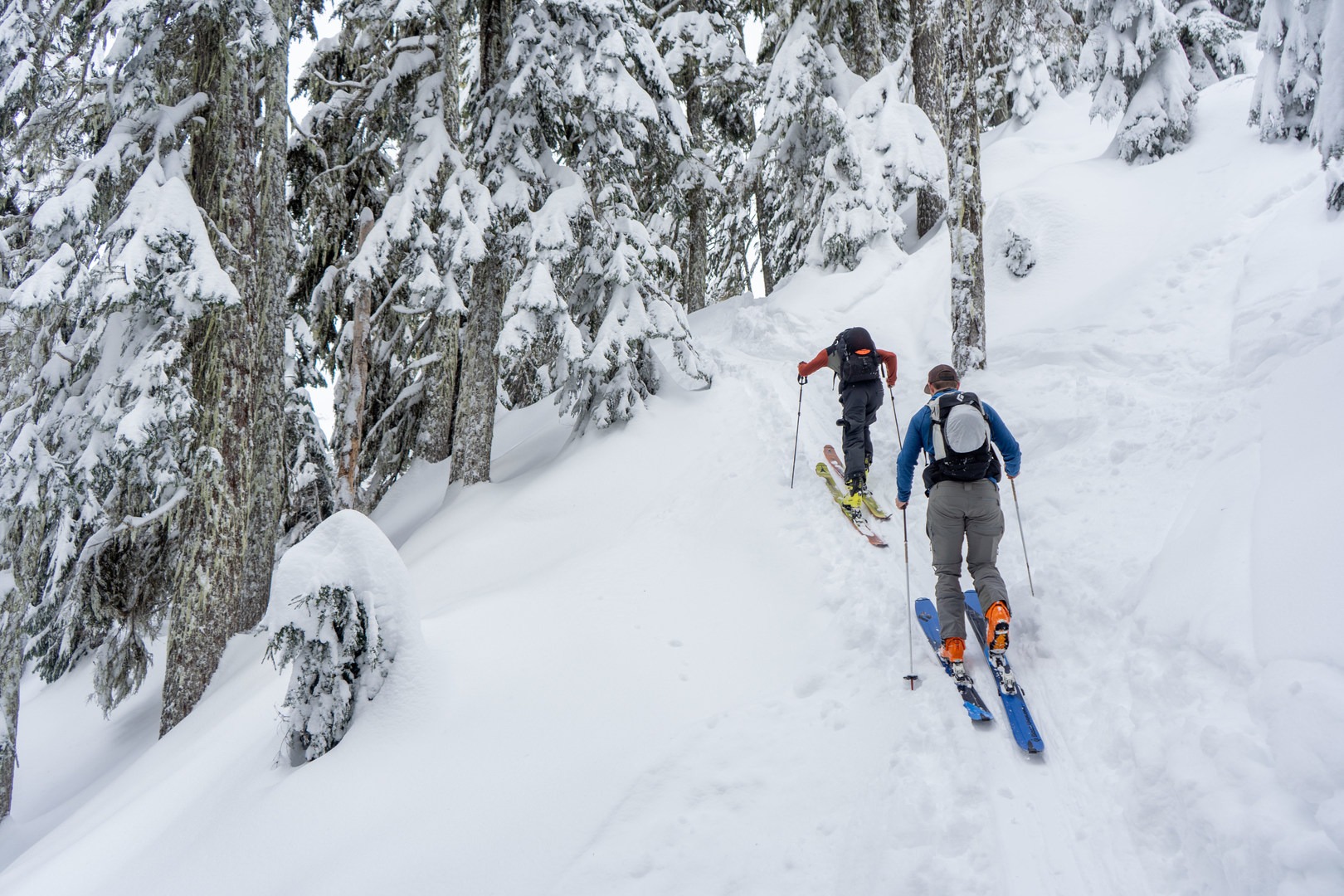












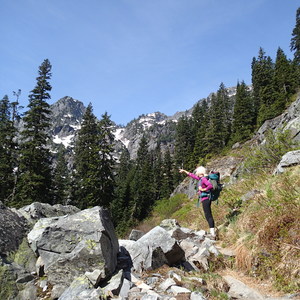
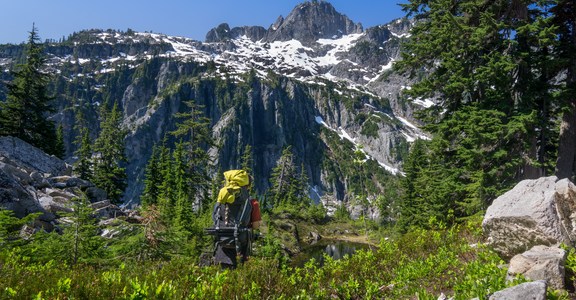
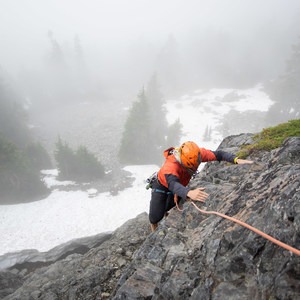
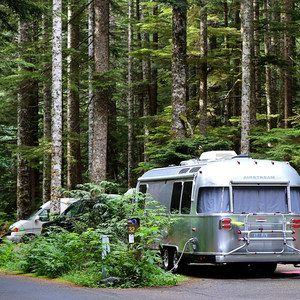
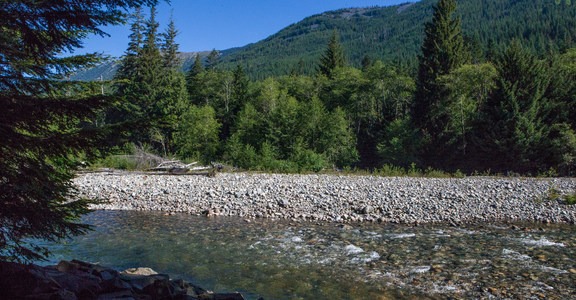
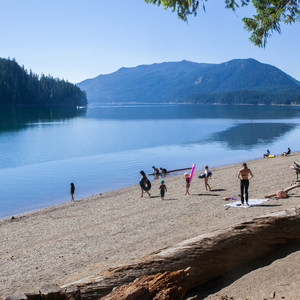



Comments
Sign In and share them.